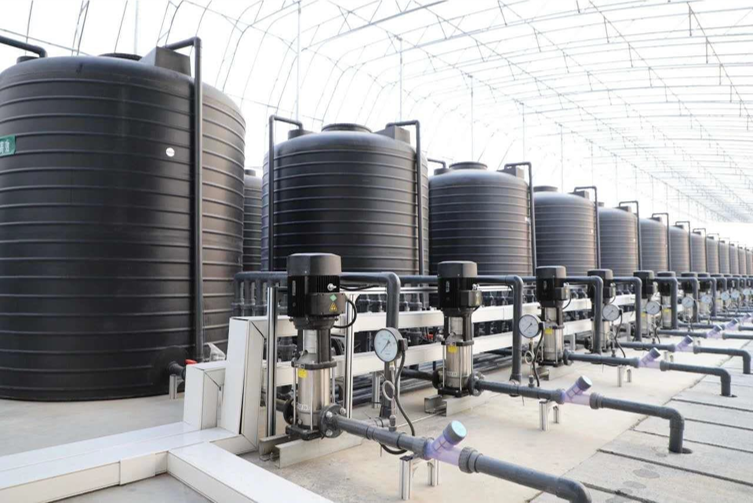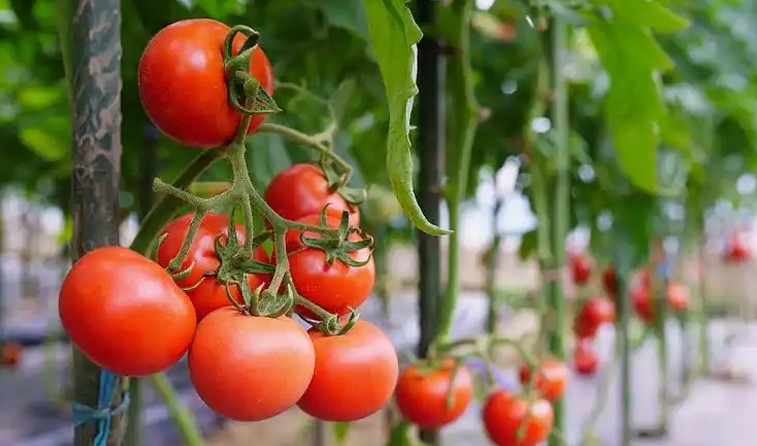I. Agricultural Production Elements
1. Traditional Agricultural Production Elements
Scarce resources including:
- Land
- Water
- Fertilizer
- Pesticides
- Energy
- Labor
2. New Agricultural Production Elements
Agricultural Big Data including:
- Statistical Data
- Map Data
- Remote Sensing Data
- Real-time Sensor Data
Every farm will use real-time sensor data just like fertilizer and water to improve farm economic benefits and ensure sustainable agricultural development.

II. Traditional Agricultural Environment Information Collection Methods
Challenges in traditional methods:
- Agricultural environmental information is complex, multi-dimensional, multi-modal, scattered, uneven, dynamically changing, and interacting
- Traditional information collection instruments and meters require professional technical personnel to operate, with high costs for equipment purchase, installation, use, maintenance, and management
- Information processing and mathematical statistical methods are complex and inefficient
- Automatic control measures are lacking or too costly to implement
III. Agricultural IoT Solution
Agricultural IoT represents an advanced stage of agricultural production, integrating emerging Internet, mobile Internet, cloud computing, and IoT technologies. Based on various sensor nodes deployed in agricultural production sites (environmental temperature and humidity, soil moisture, CO2, water quality sensors, video, etc.) and wireless communication networks, it achieves:
- Intelligent sensing of agricultural production environment
- Intelligent early warning
- Intelligent decision-making
- Intelligent analysis
- Online expert guidance
This provides precision planting, visual management, and intelligent decision-making for agricultural production.

IV. Greenhouse Water and Fertilizer Integration Control System
Application Value:
1. Water and Fertilizer Saving
Drip irrigation with integrated water and fertilizer directly delivers nutrients to plant roots uniformly. Plants "sip slowly," greatly improving fertilizer utilization. This can reduce fertilizer usage by 50% and water consumption to only 30-40% of traditional irrigation.
2. Labor and Time Saving
Traditional ditch irrigation and fertilization are labor-intensive and time-consuming. With drip irrigation, you only need to open the valve and switch on the power, requiring minimal labor.
3. Disease Reduction
Many greenhouse crop diseases are soil-borne diseases transmitted through flowing water, such as pepper blight and tomato wilt. Drip irrigation can directly and effectively control soil-borne diseases. Sprinkler irrigation can reduce greenhouse humidity and disease occurrence.
4. Temperature and Humidity Control
In winter, drip irrigation can control water volume, reduce humidity, and increase soil temperature. Traditional ditch irrigation causes soil compaction and poor permeability, leading to oxygen deficiency in crop roots and root rot. Drip irrigation avoids problems like root rot and yellowing leaves caused by excessive watering.
5. Balanced Water and Fertilizer Supply
Drip irrigation can supply water and nutrients according to crop needs at any time, while also promoting nutrient absorption more effectively.
